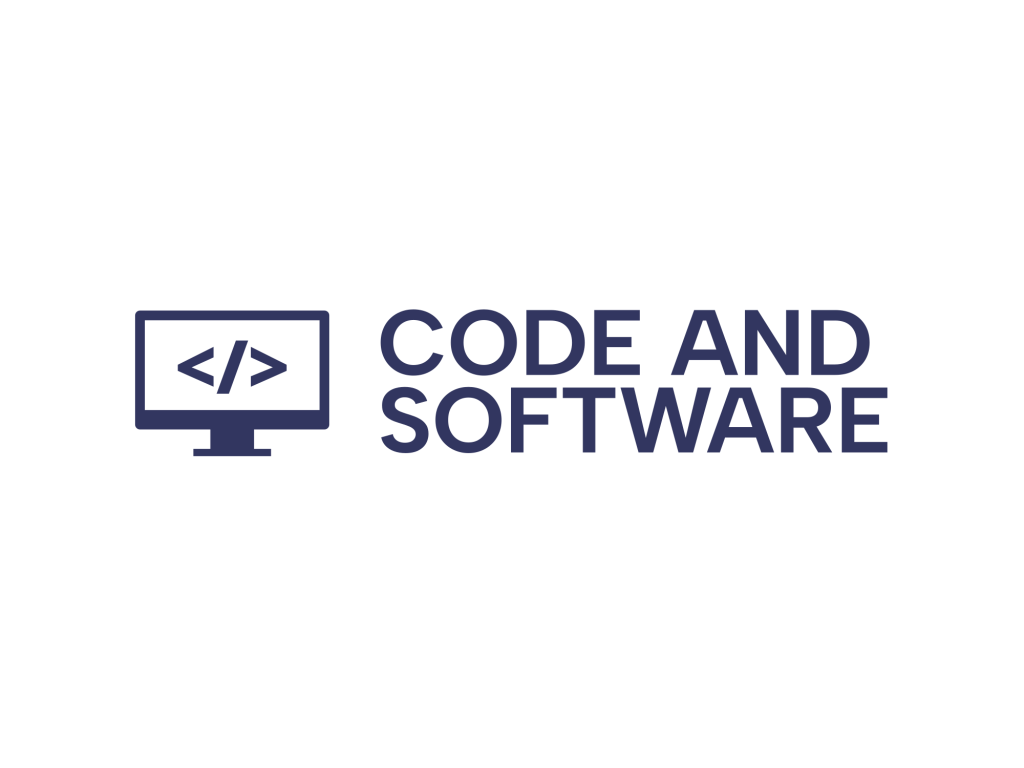As organizations increasingly rely on data-driven strategies to stay competitive, choosing the right data architecture becomes crucial. Traditional data warehouses, though reliable, often falter in handling the scale, speed, and complexity of modern data workflows. Enter the Data Lakehouse — a hybrid architecture combining the best of data lakes and data warehouses. Among the most promising technologies enabling this architecture is Apache Iceberg, a high-performance table format for huge analytic datasets. Originally developed at Netflix and now an open-source Apache project, Iceberg is redefining how teams manage large-scale data in open formats.
What Is Apache Iceberg?
Apache Iceberg is a high-level table format designed for analytic workloads in modern data lakes. Its primary goal is to bring similar functionalities and reliability found in traditional SQL-based data warehouses to data lakes. Iceberg supports features such as ACID transactions, schema evolution, and hidden partitioning — features that are critical for scalable and manageable data pipelines.
Unlike traditional Hadoop-based data lakes, where metadata management and partitioning often become bottlenecks at scale, Iceberg offers atomic operations and a powerful metadata layer that enables high-throughput reads and efficient writes.

Key Features of Apache Iceberg
Apache Iceberg stands out due to its rich set of features designed to build reliable and high-performing data lakehouses:
- ACID Transactions: Iceberg ensures reliable reads and writes using atomic commits and snapshot isolation, enabling concurrent operations without conflicts.
- Schema Evolution: Easily add, drop, or rename columns without breaking existing applications. Iceberg keeps full schema history for back-compatibility.
- Hidden Partitioning: Unlike traditional partitioning strategies exposed to users, Iceberg handles partitioning internally, making queries easier to write and reducing human errors.
- Time Travel: Query historical versions of tables with ease. This is especially useful for recreating past analyses or debugging data pipeline issues.
- Compatibility: Apache Iceberg integrates seamlessly with analytics engines like Spark, Trino, Flink, Hive, and major cloud data platforms.
How Apache Iceberg Powers the Data Lakehouse
The lakehouse paradigm reflects the industry’s pursuit of unified data architectures. Traditionally, data lakes store raw, uncurated data in formats such as Parquet or ORC, sacrificing the management and performance perks of data warehouses. Apache Iceberg bridges this gap by introducing a transactional, schema-aware table format into the data lake environment.
By enabling robust SQL analytics over data lakes, Iceberg empowers data engineers and analysts alike. It supports concurrent and scalable workloads, from streaming ingestion to batch analytics, making it a key player in modern data infrastructure.
Comparison with Other Table Formats
Iceberg is part of a family of open table formats including Delta Lake and Apache Hudi. Here’s how it stacks up:
- Delta Lake: Developed by Databricks, it also offers ACID transactions and schema evolution. However, Iceberg has a more flexible table layout and is arguably more open in its community-driven development.
- Apache Hudi: Best suited for incremental processing and write-optimized operations. Iceberg, in contrast, shines in read-heavy and large-scale analytics use cases.
While each has its own strengths, Iceberg’s emphasis on compatibility, performance, and rich metadata management makes it increasingly popular for enterprises standardizing on open lakehouse architectures.
Real-World Adoption
Companies across industries are adopting Apache Iceberg to handle their modern analytics needs. Notable adopters include Netflix, Apple, LinkedIn, and Adobe. These organizations benefit from Iceberg’s scalability, query performance, and operational simplicity.

Its growing ecosystem and community support — including contributions from major data platforms like Snowflake, AWS, and Dremio — further validate its infrastructure-level importance in building reliable data platforms.
Conclusion
Apache Iceberg is more than just a table format — it is a foundational pillar in the transition from traditional data warehouses and unstructured data lakes to a unified lakehouse architecture. With its enterprise-grade features, performance optimizations, and integration with diverse processing engines, Iceberg is shaping the future of data platform design.
As organizations continue to scale their data-driven strategies, adopting technologies like Apache Iceberg will not just be a competitive advantage, but a necessity. Whether you’re modernizing your on-premise data stack or scaling your cloud-native platform, Iceberg offers a reliable and future-proof solution for managing big data with confidence.


Leave a Reply